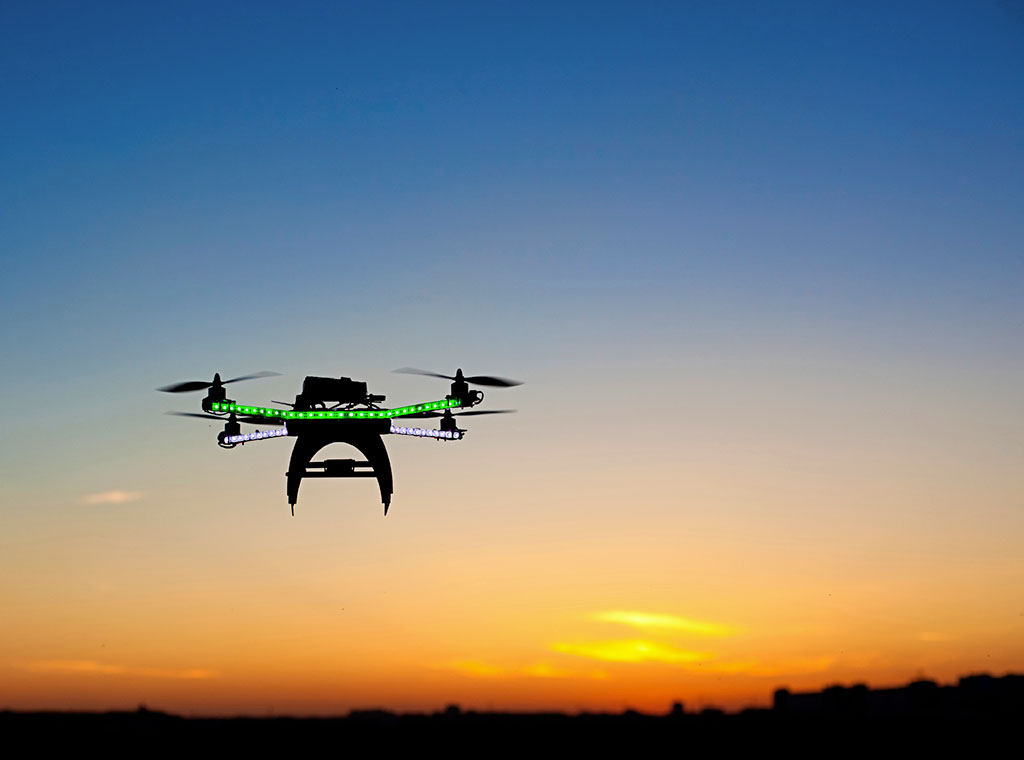UAS Airborne Collision Severity Evaluation (A3_A11L.UAS.7.2)
If all safety measures fail and a small UAS does hit a manned aircraft, it’s important to understand what happens. Wichita State University is leading a team with The Ohio State University, Mississippi State University and Montana State University to conduct computer simulations of UAS air-to-air collisions and jet engine ingest. This research will help determine if the FAA can set standards for UAS that lessens damage in airborne collisions.
POC:
Gerardo Olivares Ph.D
Director | Senior Research Scientist
Computational Mechanics and Crash Dynamics Laboratories
National Institute for Aviation Research
Wichita State University
Email: Gerardo.olivares@wichita.edu
Phone: 316.680.1817
Discussion:
UAS Airborne Collision Severity Evaluation Reports:
Volume I: UAS Airborne Collision Severity Evaluation: Summary of Structural Evaluation
Volume 1 provides a summary of the entire structural portion of the study. It includes a high-level explanation of the project’s scope, technical approach, evaluation and conclusions of severity of small unmanned aircraft impacts with a commercial transport jet and business jet. This summary report then provides conclusions on the influence of velocity and mass on impact damage, a comparison to bird strikes and concludes with recommendations going forward.
Volume II: UAS Airborne Collision Severity Evaluation: Quadcopter
Volume II, provides a detailed report the project’s scope and the selection and definition of both the “projectile” Unmanned Aircraft and the “target” commercial transport and business jets. This report centers on the quadcopter UAS and its unique characteristics.
Volume III: UAS Airborne Collision Severity Evaluation: Fixed-Wing UAS
Volume III, provides a detailed report the project’s scope and the selection and definition of both the “projectile” Unmanned Aircraft and the “target” commercial transport and business jets. This report centers on the fixed-wing UAS and its unique characteristics.
Volume IV: UAS Airborne Collision Severity Evaluation: Engine Ingestion
Volume IV is an evaluation of the severity of a small UAS collision with propulsion systems. This report helps us to start to understand the effects of parameters of aircraft speed, impact location, fan speed and unmanned aircraft orientation on impact severity to a unique FAA fan-blade-out model. The FAA and ASSURE are using the results of this study to establish a path forward to in studying engines more representative of commercial transport engines.





